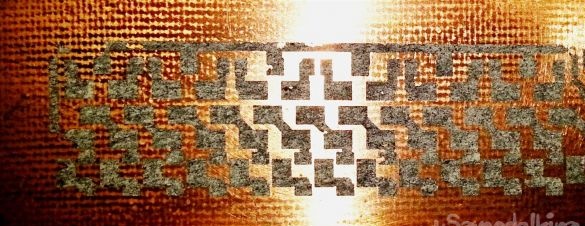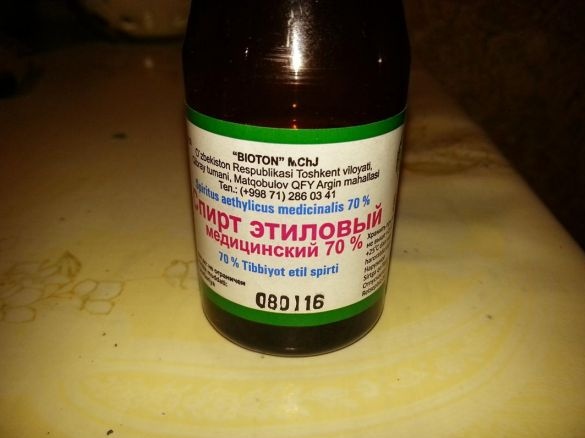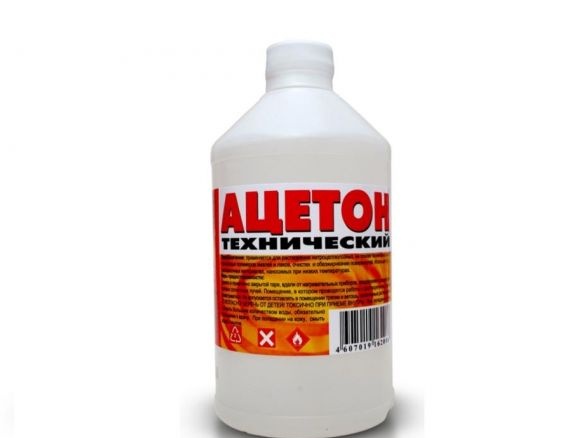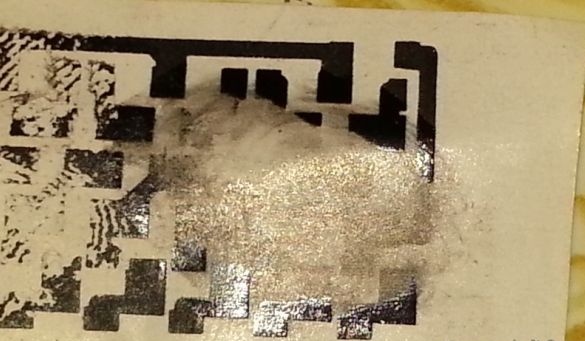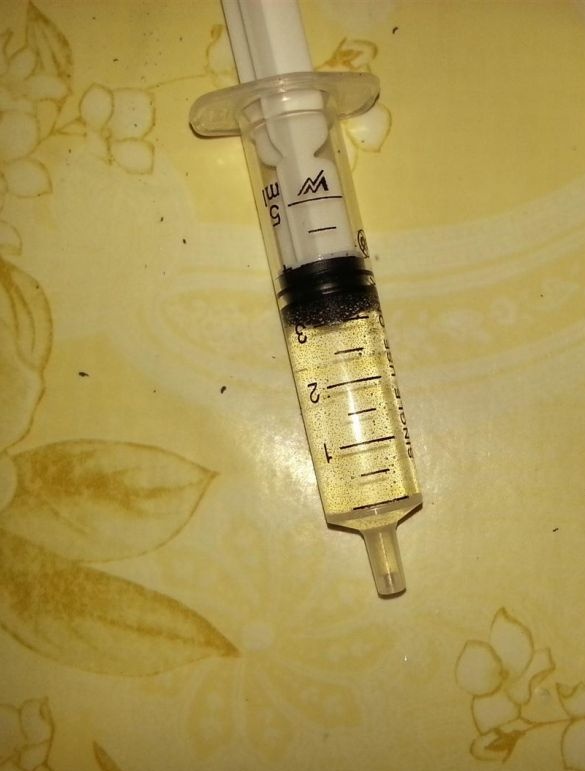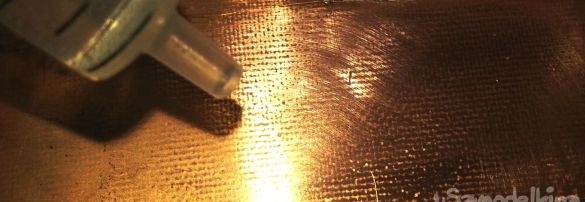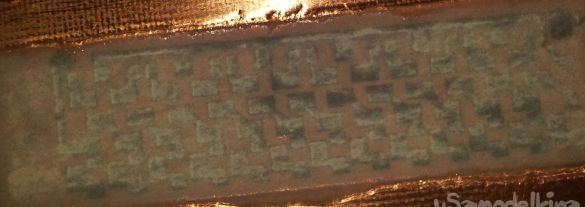In the manufacture of printed circuit boards at home, the simplest and most common method is the LUT method.
This method is not without drawbacks. If the toner is heated slightly, it will not stick to the foil of the printed circuit board, it will be very hot, it will be greased. It is necessary to select the print quality, if there is a lot of toner - it will be smeared, the tracks, at small intervals, can stick together. It is bad to warm the printed circuit board, and part of the tracks will not be printed, especially this often happens in the corners of printed circuit boards.
I will tell you about the method of transferring a printed pattern to foil without heating. The pattern will not be smeared, the toner from the paper is transferred all over. To do this, you need two cheap chemical components: alcohol and acetone.
Instead of acetone, you can use any other substance that dissolves the toner well.
Alcohol does not react with toner, everyone who has tried to wipe a printed circuit board after etching knows it, but it quickly disappears. It is needed in order to dilute acetone.
Acetone perfectly dissolves toner and also evaporates quickly. If you try to use it in its purest form, it will smear your drawing, as in the photo.
On the printed circuit board, there will be some kind of mess.
In what proportions to mix acetone and alcohol?
It will take three parts of acetone and eight parts of alcohol. All this must be mixed and filled into a container with a tight lid. It is important that the container does not dissolve with acetone.
How to use the mixture?
Put not a lot of the resulting mixture into the syringe,
apply it to a previously cleaned from oxides and well fat-free (this is important), the future printed circuit board (not on the printout). Then put your printout on it. Especially you can take your time, the mixture does not disappear instantly. Lightly press the paper so that it is fully adhered to the board and saturated with the solution,
wait 10-15 sec., you will see when the paper is saturated,
then press the paper firmly, press the paper strictly perpendicularly so that it does not move. Wait another 10-20 seconds.During this time, the toner will react with acetone, become sticky and stick to the circuit board. Blot the liquid residues with paper towels, wait until the paper dries, then lower the board into water so that the paper gets wet and peel it off. All toner will remain on the circuit board and the paper will be clean. After that, rinse the circuit board with residual acetone. All. Can etch the circuit board.
In the photo, I removed the paper without soaking it in water and the toner remained in some places.

